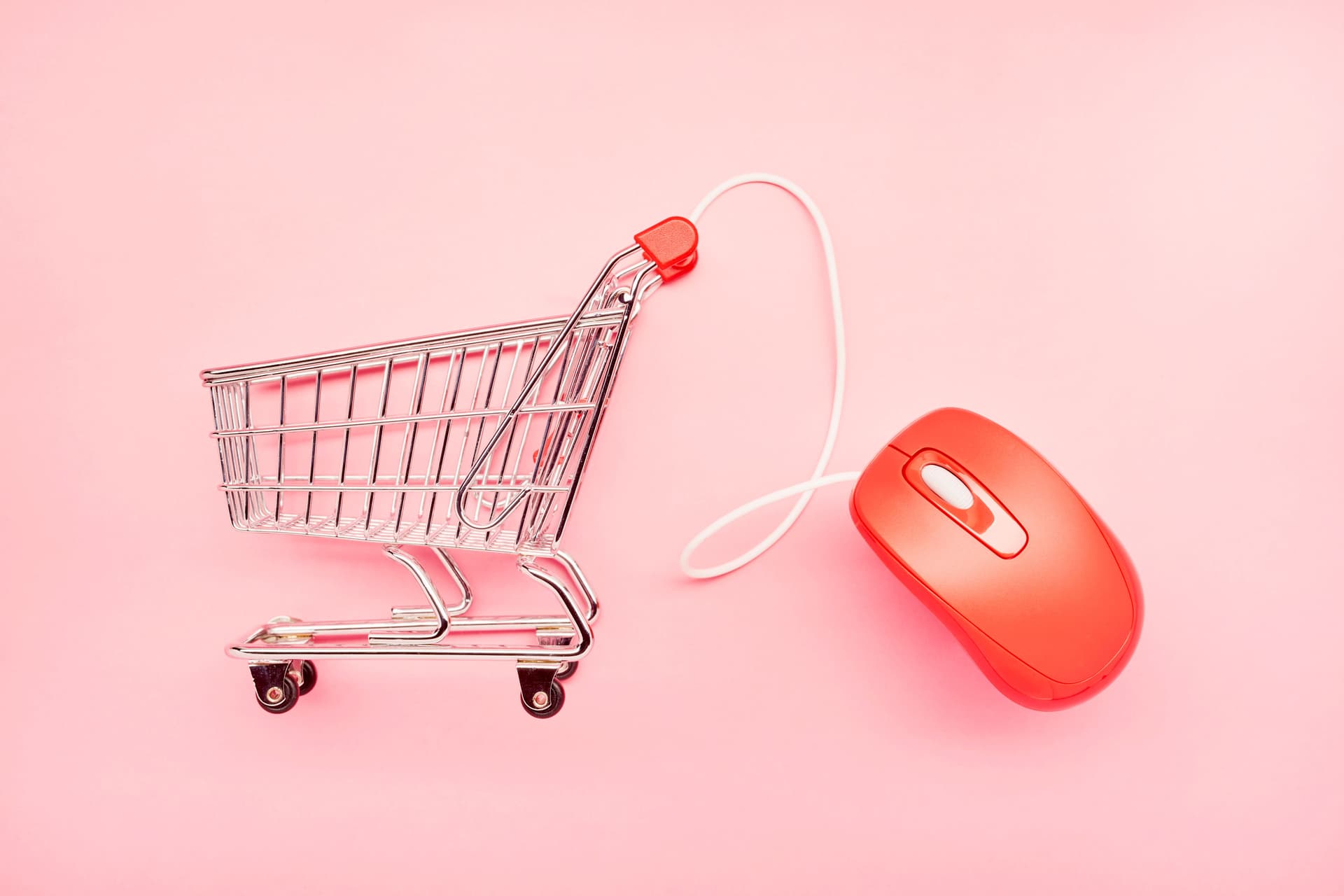E-commerce spend rose 7% in the first four months of 2024, as consumers sought cheaper items online
Electronics and apparel spend held steady, and online grocery saw a boost.

The_burtons/Getty Images
• less than 3 min read
Peak season is coming soon.Check out Fin, the powerful AI agent for ecommerce support. Even during your busiest moments, Fin can deliver the highest resolution rates and highest-quality experiences across every step of the customer journey. Learn more at fin.ai
E-commerce spend grew by 7% year over year to $331.6 billion in the first four months of the year, according to a report from Adobe Analytics.
The report—which spanned more than a trillion US retail sales site visits, 100 million SKUs, and 18 product categories—found that shoppers have been increasingly trading down to less expensive goods in several categories.
Category closeup: Online spend grew modestly for electronics (up 3.1% YoY to $61.8 billion), and apparel (which rose 2.6% YoY to $52.5 billion). Both categories made up 34.5% of e-commerce spend. Cosmetics, a category Adobe said it tracked for the first time, saw 8% YoY growth to $13.2 billion.
Grocery shopping online also continued to gain ground, raking in $38.8 billion, which represented 15.7% YoY growth. Vivek Pandya, lead analyst at Adobe Digital Insights, noted in a statement that “groceries is a standout,” and that “in the next three years, the category will be a dominant force in e-commerce that is on par with electronics and apparel in revenue share.”
Name your price: Adobe found that consumers are seeking out cheaper products online. Shares of the least expensive products grew notably in categories like personal care (96%), electronics (64%), apparel (47%), and grocery (33%). Categories that tend to see more brand loyalty or for which consumers seek higher quality, like sporting goods and appliances, saw less trade-down on price.
The impact of inflation has also been clear in the grocery category: Products with low inflation enjoyed a 13.4% revenue boost, while those with high inflation experienced a 15.6% dip.
The growth in online grocery comes as big-box retailers like Target and Walmart jockey for a share of private label shoppers’ wallets. Target introduced a new budget-friendly label, Dealworthy, in February, and Walmart revealed plans for its Bettergoods line last month.
Retail news that keeps industry pros in the know
Retail Brew delivers the latest retail industry news and insights surrounding marketing, DTC, and e-commerce to keep leaders and decision-makers up to date.
